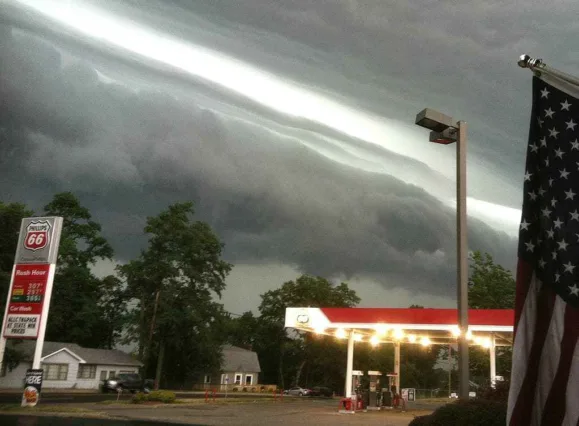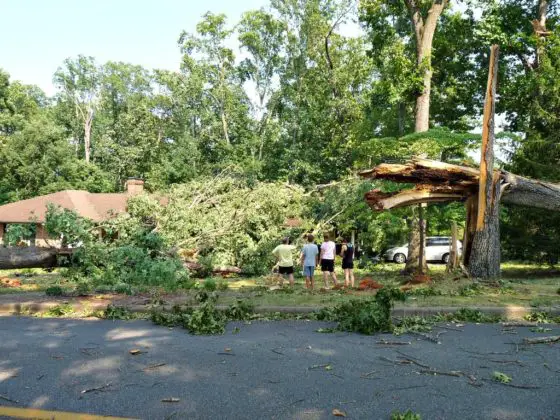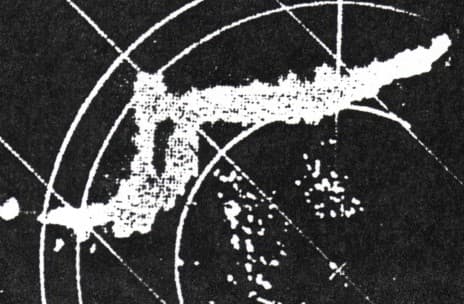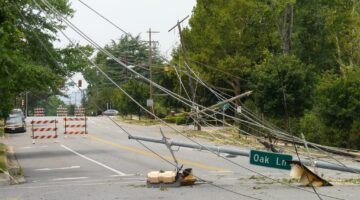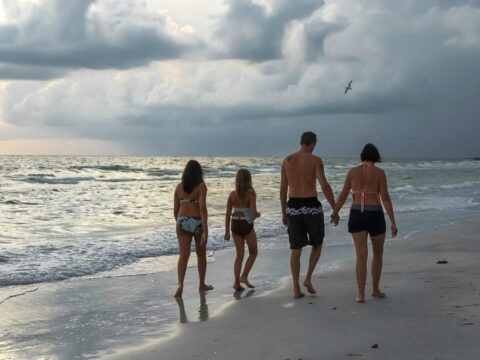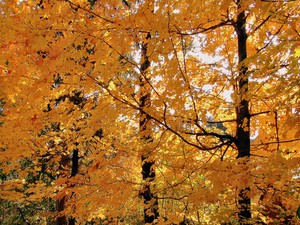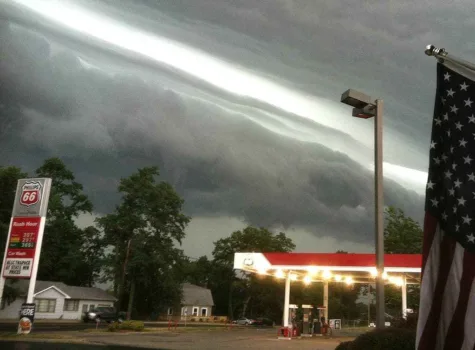
Derecho — the word sounds kind of like ‘tornado,’ and for good reason. Like tornadoes, derechos refer to strong winds.
However, unlike tornadoes, derechos are a type of straight-line wind. Tornado winds, on the other hand, swirl around.
The word derecho derives from the Spanish language.
While a straight-line wind can mean any wind coming from one direction and going in the opposite direction, derechos most commonly refer to very strong straight-line winds.
In fact, wind damage from a derecho storm is sometimes mistaken to be tornado damage.
What Is A Derecho Storm?
So far, you know derechos refer to strong, straight-line winds. But they’re really much more than just that.
Let’s look at the minimal attributes that must exist in order to be a true derecho:
- The storm’s winds are at least 58 miles per hour. (Winds in some derechos can gust well over 100 mph.)
- A derecho storm has a lifespan of at least 6 hours.
- Derechos form in a ‘family of downburst clusters’.
- The line of storms producing microbursts and downbursts are long — often 250 miles or even longer.
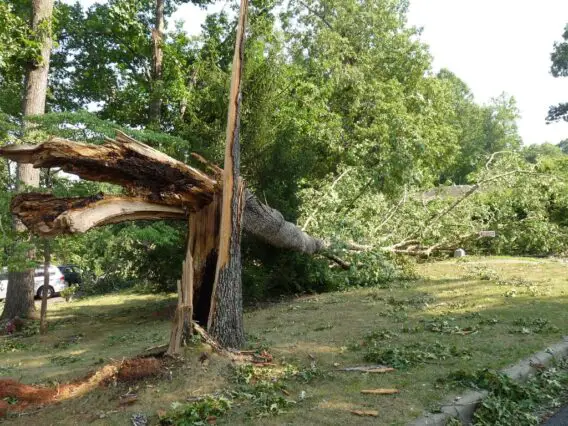
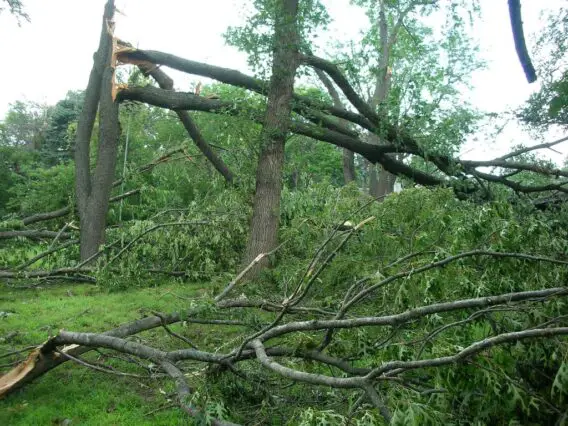
Some general facts about derecho storms:
Derechos come from very strong storms that cover a wide area and travel a long way. In fact, some of the most damaging derecho storms have marched hundreds of miles across the country.
Derechos are most commonly found in squall lines. A squall line is a line or row of storms — often fierce — which can extend hundreds of miles long. Despite their length, most squall lines are relatively narrow.
Derechos form in bow-shaped storms called bow echos. In fact, it’s often the case that the strongest area of thunderstorms is in the areas where the storm bulges outward.
You can easily ‘see’ these bow-shaped areas of these storms when satellite or radar images are superimposed on a weather map.
3 Kinds Of Derecho Storms
Derechos are classified in 3 different ways:
- Serial Derecho Storms are found in long squall lines and can involve the formation of many bow echos. Serial derechos form as a result of what meteorologists call migrating areas of low pressure.
- Progressive Derecho Storms occur in rather short squall line systems (under 250 miles long) and are associated with stationary fronts. A progressive derecho can involve either one or several bow echos.
- Hybrid Derecho Storms involve general characteristics of both serial derechos and progressive derechos.
Historic Derecho Events
Like tornadoes, hurricanes, and other severe wind events, some derechos have reached historic proportions.
Here’s a brief overview of some of the most serious derecho storms in United States history:
- In 1993, a strong derecho occurred during the Storm of the Century. This derecho produced highly damaging winds that affected Florida and Cuba.
- A very severe derecho affected much of the northern Midwest in 1983 during an event since dubbed the I-94 Derecho. It formed in Montana and moved through North Dakota, Minnesota, and Wisconsin, Illinois, and Indiana.
- The More Trees Down derecho cut a large swath across the country on July 4-5, 1980. The derecho formed near Omaha Nebraska and finally dying out over Maryland, Delaware, and Virginia. 6 people were killed in this derecho.
I'm a weather geek from Florida who's been studying meteorology and watching weather patterns for years! I enjoy sharing little-known facts and fun stuff about the weather. I especially like sharing interesting details about weather events and conditions that can affect you… and how to prepare for Mother Nature's ever-changing weather patterns.
